What Are the Key Signs You Need Water Damage Restoration?
If you notice any of the following signs, it’s crucial to seek water damage restoration immediately:
- Visible Water Stains: Yellow or brown stains on walls or ceilings indicate water accumulation.
- Musty Odors: Foul smells often suggest hidden mold growth due to moisture.
- Peeling Paint or Wallpaper: This can occur when walls absorb excess moisture.
- Swelling or Warping: Wood floors and furniture may swell or warp due to prolonged exposure to water.
- Increased Utility Bills: Higher water bills may indicate leaks or excess moisture.
- Mold Growth: Visible mold or mildew indicates a moisture problem that requires immediate attention.
- Condensation: Excess condensation on windows or walls may suggest poor ventilation and moisture issues.
- Flooding or Standing Water: Any accumulation of standing water requires urgent flood cleanup efforts.
- Bucket Brigade: Constantly placing buckets to catch leaks indicates a severe issue.
- Family Health Issues: Recurrent allergies or respiratory problems can stem from mold exposure.
How Quickly Should Water Damage Be Addressed?
Addressing water damage within 24 to 48 hours is vital to prevent worsening conditions, such as mold growth. Delayed action leads to increased damage and costs, affecting structural integrity and indoor air quality.
What Is Involved in the Water Damage Restoration Process?
The water damage restoration process typically involves several key steps:
- Assessment: Evaluate the extent of the damage, identifying affected areas and potential hazards.
- Water Extraction: Remove standing water using pumps and vacuums during the initial cleanup phase.
- Dehumidification: Utilize dehumidifiers to reduce moisture in the air and prevent mold growth.
- Structural Drying: Dry out affected materials using fans, blowers, and other specialized equipment.
- Cleaning: Employ sanitization techniques to remove contaminants and prevent mold spores.
- Restoration: Repair or replace damaged structures, ensuring the affected area is safe and livable.
What Are the Common Causes of Water Damage?
Various factors can lead to water damage. The most common causes include:
- Broken Pipes: Burst pipe cleanup is often necessary when plumbing failures occur.
- Heavy Rainfall: Excessive rain can lead to basement flooding and severe damage.
- Appliance Malfunctions: Leaky dishwashers or washing machines can cause rapid water damage.
- Roof Leaks: Water infiltration from roofs can gradually deteriorate ceilings and walls.
What Are the Health Risks Associated with Water Damage?
Water damage poses several health risks, including:
- Mold and Mildew: Mold growth can lead to allergic reactions and respiratory issues.
- Bacteria and Viruses: Contaminated water can carry harmful pathogens affecting health.
- Increased Allergens: Damp environments can exacerbate allergy symptoms, including asthma.
How Can Homeowners Prevent Water Damage?
Preventing water damage includes proactive measures:
- Regular Inspections: Periodically check roofs, pipes, and appliances for signs of wear.
- Install Water Alarms: Use sensors that alert you to leaks or flooding.
- Maintain Proper Drainage: Ensure gutters and downspouts direct water away from the foundation.
- Seal Openings: Seal windows and doors to prevent water intrusion during storms.
What Should I Do if I Suspect Water Damage?
If you suspect water damage, take immediate action:
- Document Evidence: Take photos of water damage for insurance purposes.
- Shut Off Water Supply: Stop further water flow by turning off the main water supply.
- Contact Professionals: Engage water damage restoration experts to thoroughly assess and address the problem.
Can Homeowners Perform Water Damage Restoration Themselves?
While minor issues can be managed by homeowners, professional assistance is recommended for extensive damage. Professionals ensure proper dehumidification and structural drying, reducing the risk of future issues.
What Does Insurance Typically Cover in Water Damage Restoration?
Water damage restoration coverage may vary based on your insurance policy. Commonly covered incidents include:
- Sudden and Accidental Damage: Damage from burst pipes or appliance leaks is usually covered.
- Flood Damage: Flood cleanup is typically covered under separate flood insurance policies.
- Mold Remediation: Some policies include mold remediation coverage, while others do not.
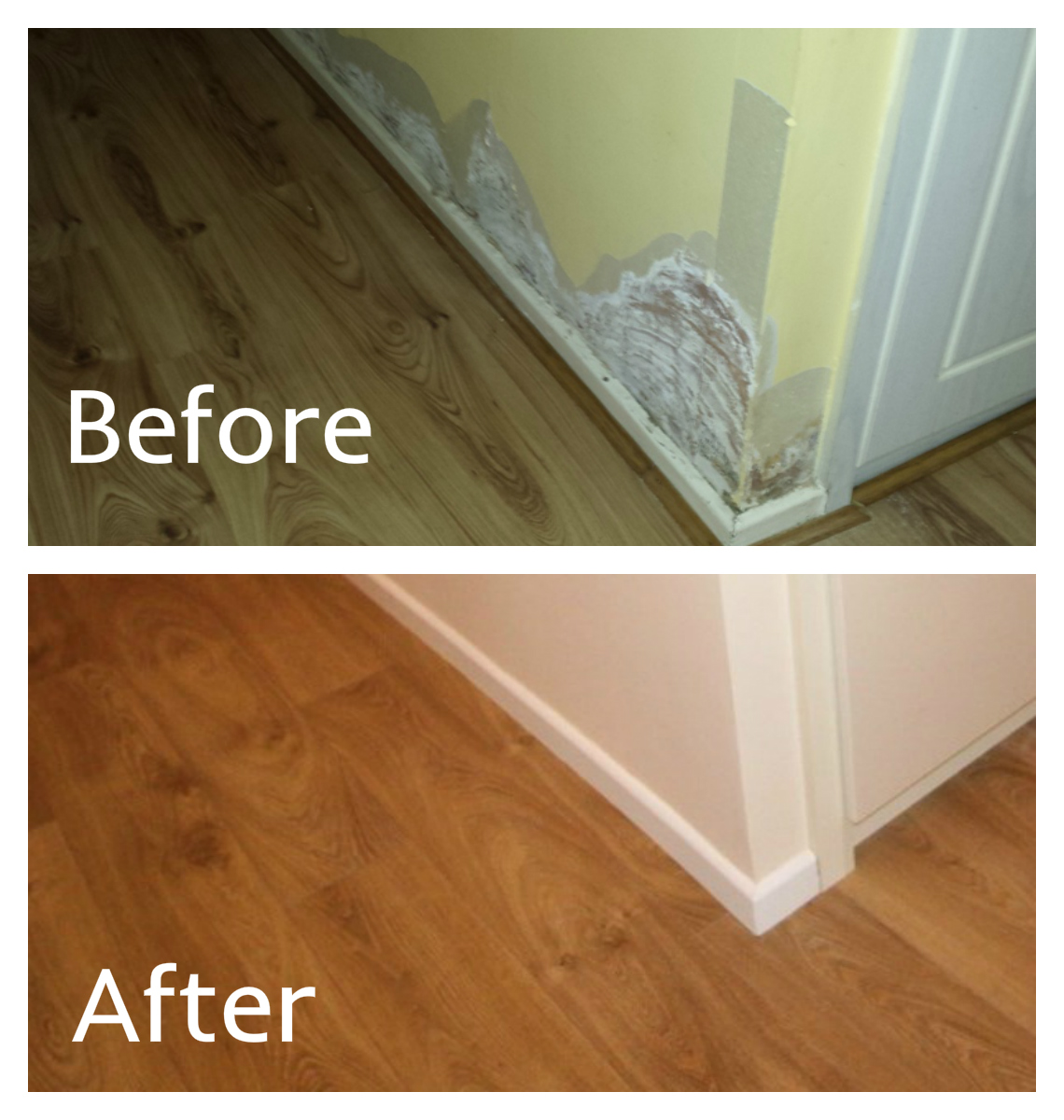


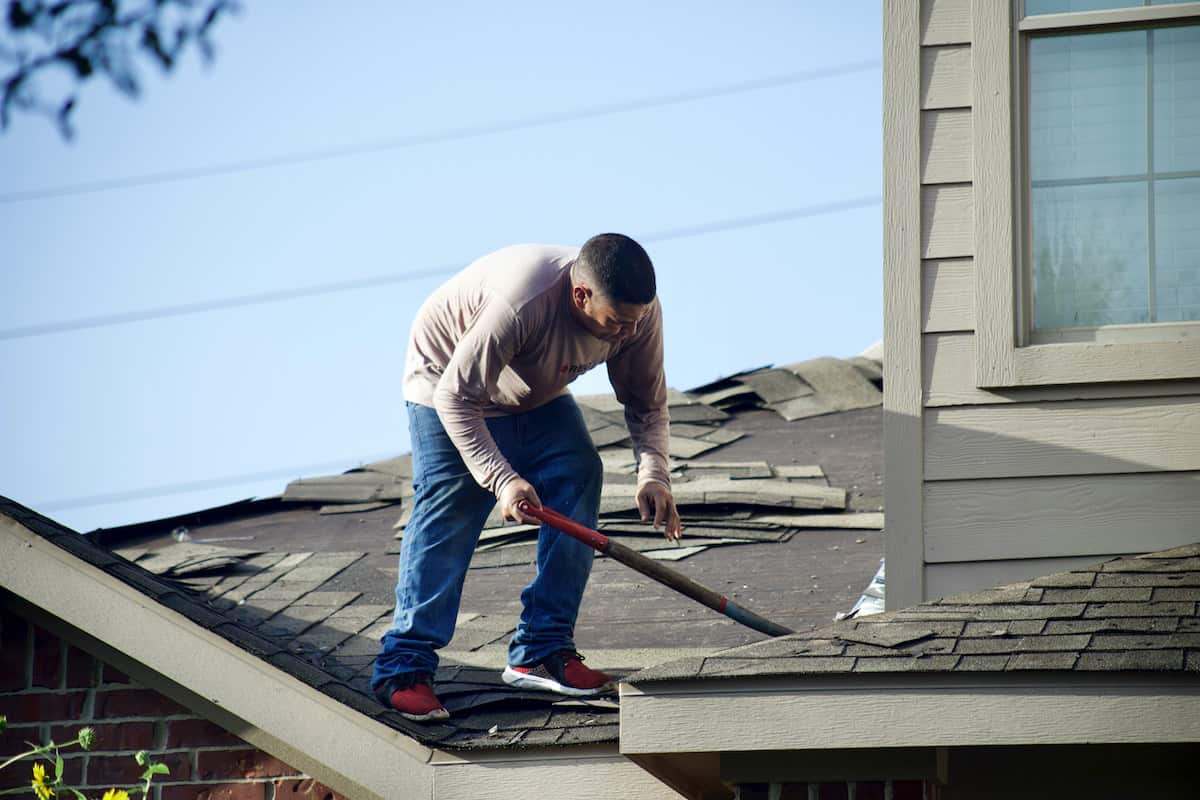


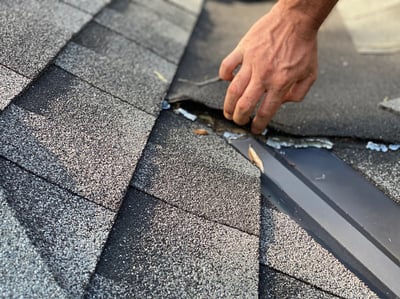

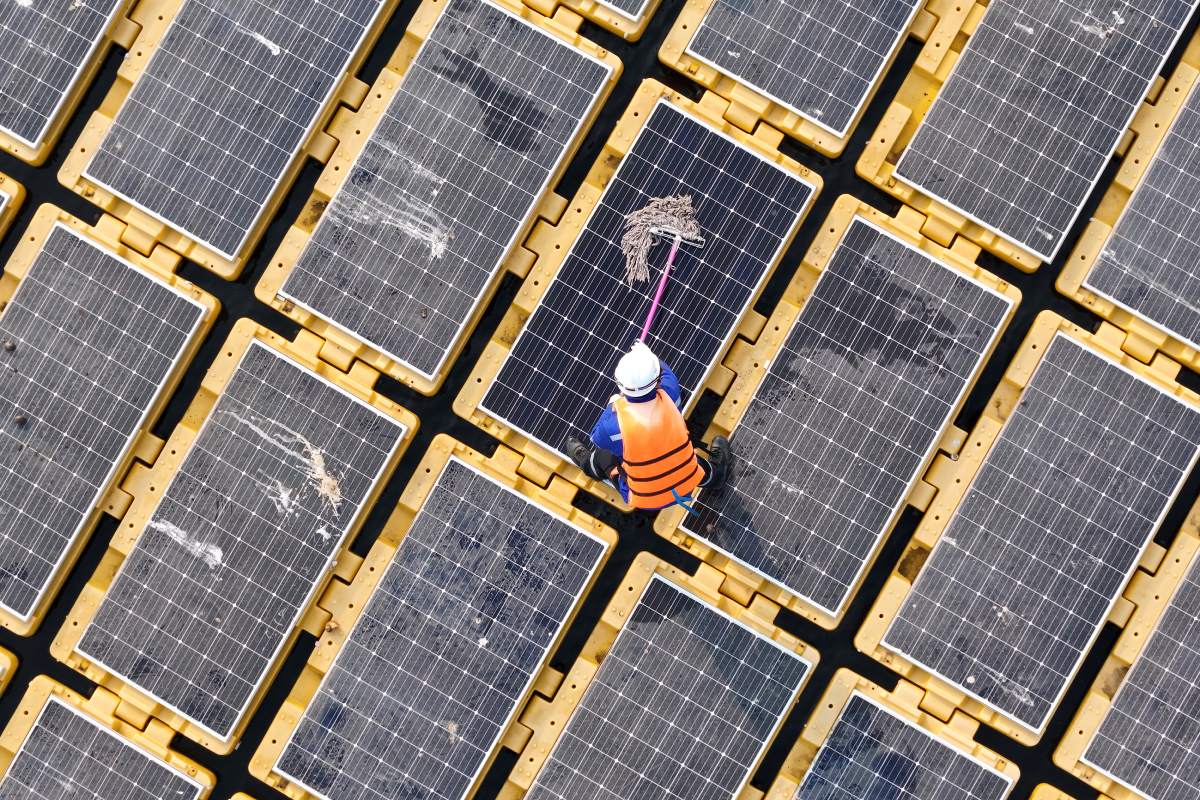

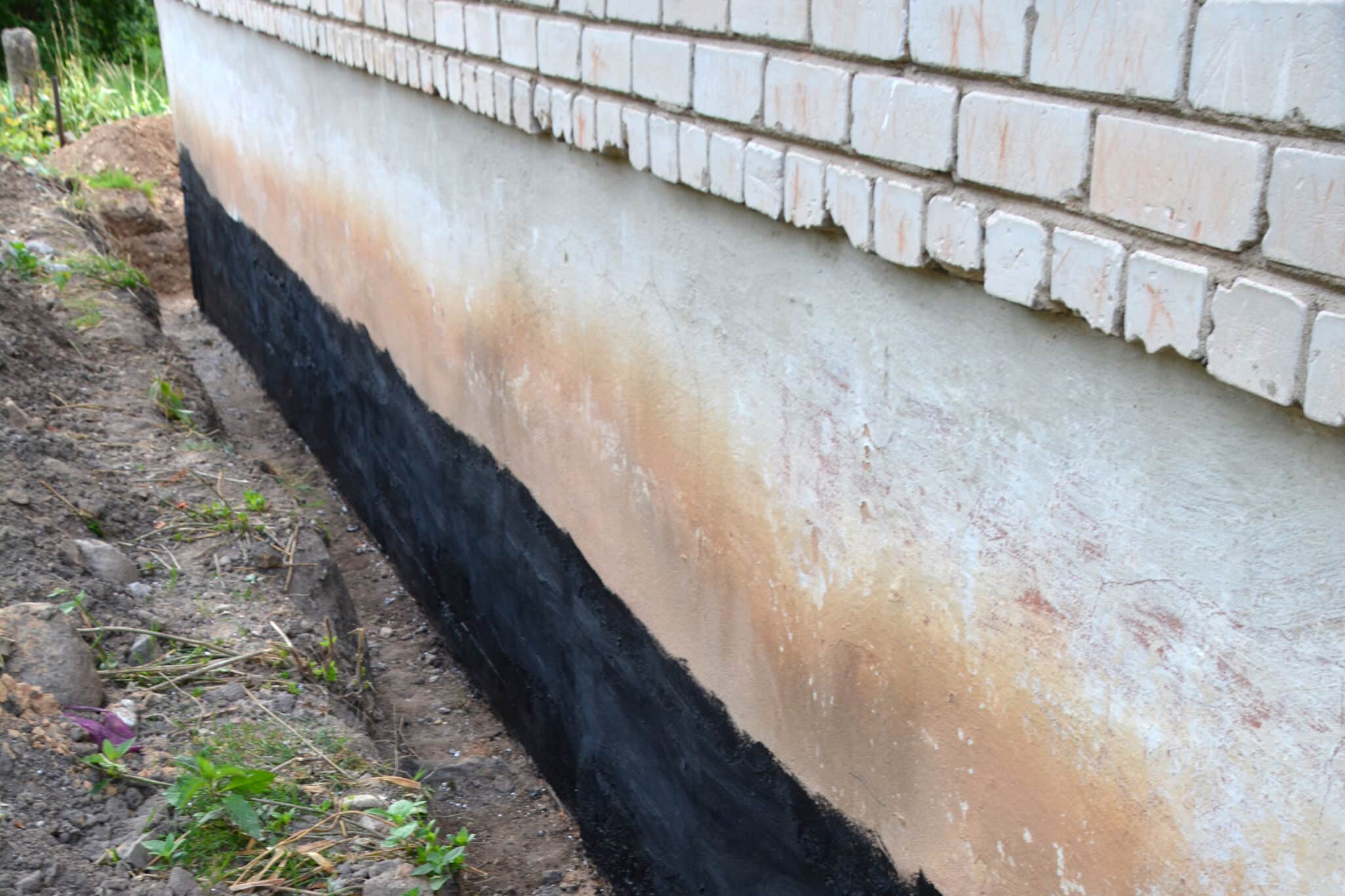

Leave a Reply